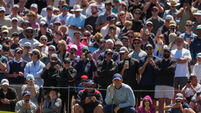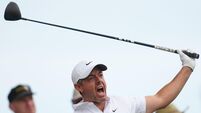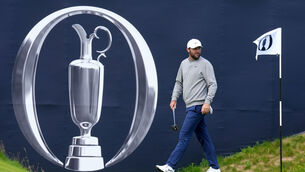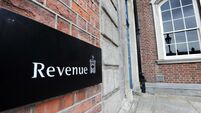Stunning links doubles up as Open graveyard
By 1887, the course had been opened and named in honour of England’s patron saint and seven years later it staged the first non-Scottish British Open, word having reached the Royal & Ancient up at St Andrews of an “extraordinary new course at Sandwich”.
St George’s proved a daunting test for the 94 competitors in 1894, a new record for the British Open Championship. Winner JH Taylor claimed the first of his five British Open titles with a record-high score of 326, following four rounds in the 80s.
















